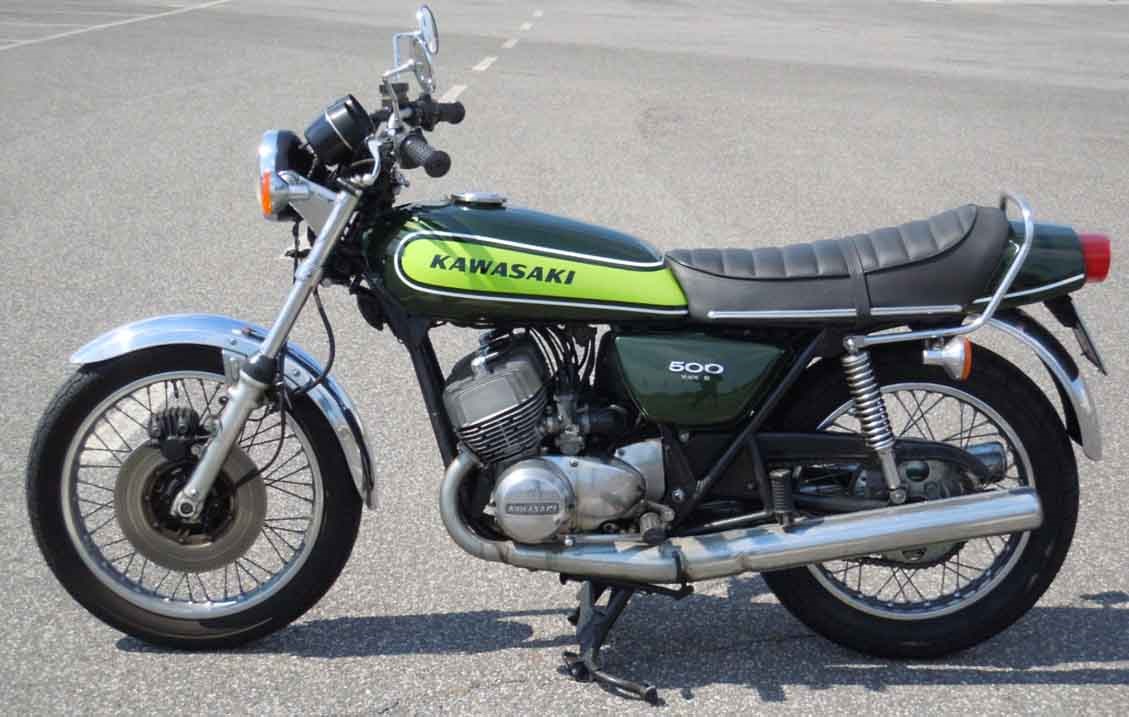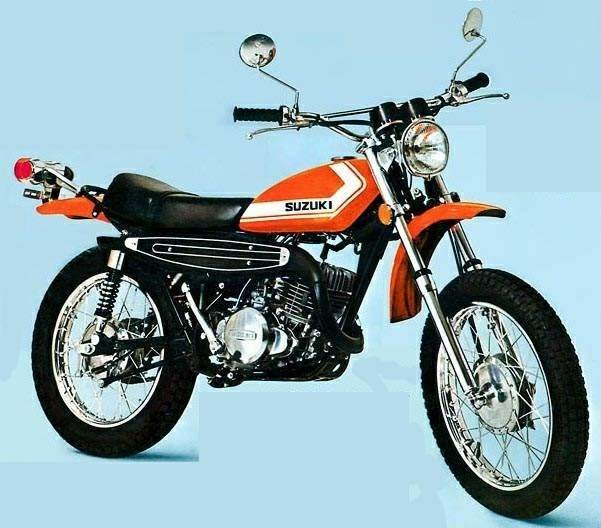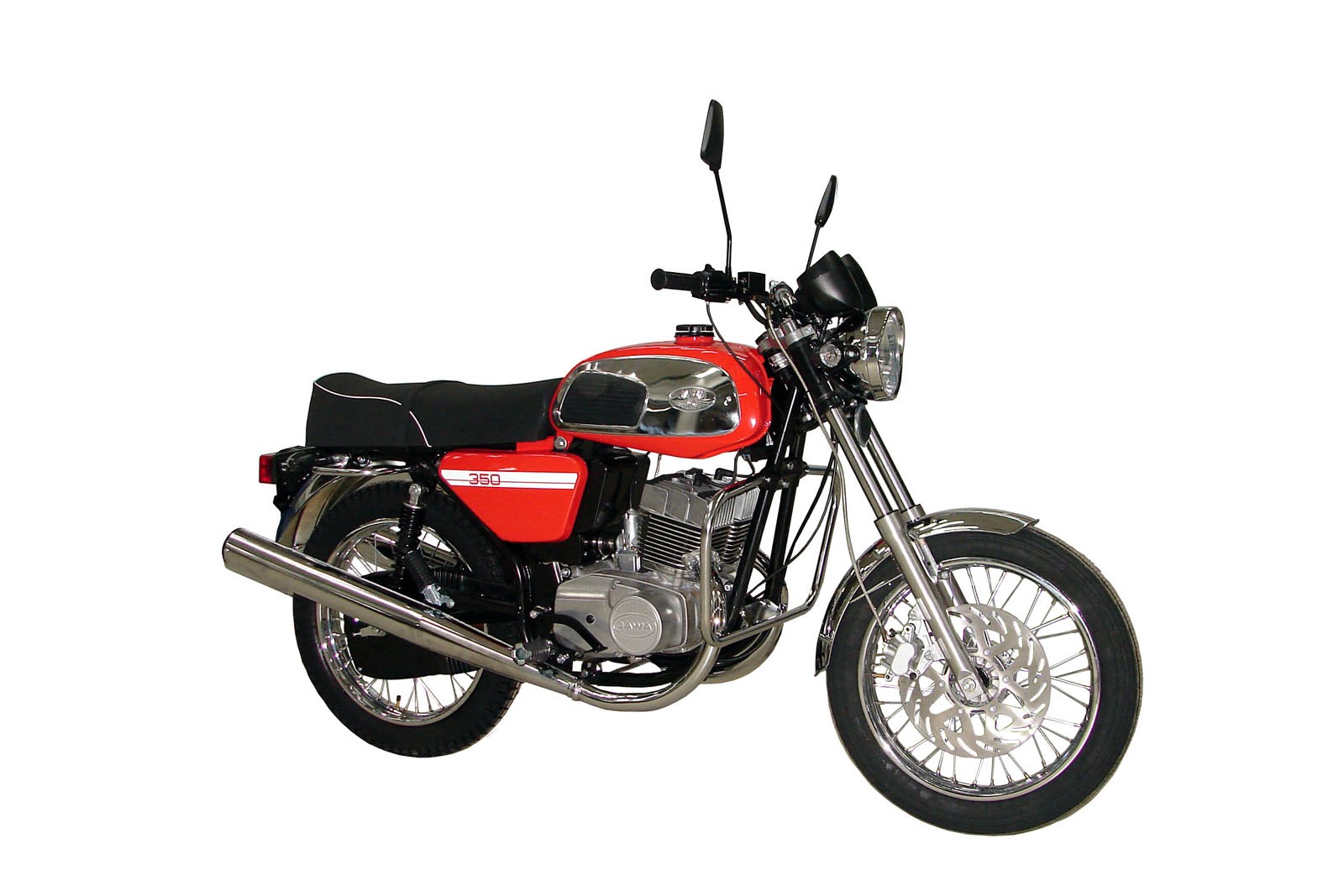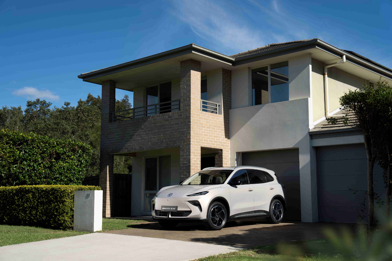Noisy but wonderful, Paul Charman laments the demise of the two-stroke road bike.
Did you have a “sound track” of youth ... some familiar noise coming through an open window as you tried to concentrate on school homework, aged 15?
For me it was the racket of the two-stroke road motorcycle — a sound which has almost vanished today.
Stricter emission regs in Europe and the US have all but killed off the vast fleet of two-stroke road bikes I grew up — an army of machines ranging in capacity from 50cc to 750cc.
Oh yes, you’ll find a few farm or motocross bikes with two-stroke engines; vocations esteeming power and simplicity above higher-emissions.
And yes again, some 50cc scooters are still allowed to be two-strokes — as the power advantage for such small bikes is undeniable.
But that’s about it: the two-cycle bike engine has been pushed to a margins, its ultimate death seems assured.
With one possible exception (which I’ll come to later), the age of the two-stroke motorcycle is all but over.
And “good riddance”, I hear some say. Why eulogize over that “whiney/puttery sound”, that unwanted intrusion into so many conversations held during the late 20th Century.
Fair enough; I get the complaints.

The Kawasaki 500 was made to go, rather than stop.
But while their noise may have been less romantic than the “clip-clop” of horses hooves, or ringing of distant blacksmith anvils, which my dad’s generation grew up with . . . to many of us it was special.
Who can beat the funky idle of a two-stroke bike engine — a rhythm more complex than any drum machine could invent.
And what about that ominous but wonderful whine when you opened the throttle wide — followed by the distinctive “ding, ding, ding” as you throttled off . . . These sounds have an resonance for Baby Boomers.
First dates
We associate them with the freedom of a first set of wheels; with being part of a little band of neighbourhood hoons; with providing the transportation for our first date.
Post Millennials grow up with the sterile whirr of the Nissan Leaf, and I suppose that’s fine.
Us Boomers grew up with the cacophony of screaming two-stroke expansion chambers, and the “aroma” of a smoky two-stroke exhausts.
Our beloved machines had names like Suzuki TS 125cc; Kawasaki S1 250cc, Yamaha RD 350cc . . .
There were two-stroke road bikes, trail bikes, motocross bikes, road-racing, farm and fun bikes . . .

Suzuki TS 250 - one of the most poplular trail bikes of the 1970s
They were all shiny to look at; cheap to buy; easy to service and — provided you kept the oil topped-up — pretty reliable.
They came in single, twin and triple engine configurations, and took-off faster than almost anything else on the road at the time.
You could forget engine-braking -- two-stroke motorcycles of yester-year were better at going, than stopping.
But these simple motors (effectively three-moving-parts) developed so much power for their size that they had to be handicapped on the race track.
Back in the late 1970s, when I attended meetings at Tauranga’s long defunct Bay Park, agile-looking Yamaha RD 400 cc two-stroke production racers were invariably pitted against less reliable Suzuki 550cc four-strokes fours. (It always baffled me why two-stroke Davids had to race four-stroke Goliaths, but they usually beat them anyway).
In any case, the basic two-stroke engines were much cheaper to re-build if something went wrong, so they were ever popular among cash-strapped bike racers.
Last of the Mohicans
But that is all all water under the bridge now.
Two stroke road motorcycles have now disappeared pretty well the world over, well, except for one obscure 350 cc which remains popular with “anoraks” like me.
India-based automobile manufacturing giant Mahindra has plans to revive the fortunes of two classic motorcycle marques: BSA and Jawa, the latter producing the last twin-cylinder two-stroke road bike.
Manufactured by Jawa Moto in the Czech Republic, these air-cooled 343 cc bikes reach about 130 km/h, but have plenty of rugged style.
In the 1950s they were exported into more than 120 countries but have seen leaner times in recent years.
Then in 2012, UK models were given electronic ignition and electric starters. These improved 350s were then imported and sold in Ireland and are distributed throughout Europe.
Mahindra’s interest in marketing the 350 (along with an unspecified revival of the BSA marque), is an attempt cash in on the same kind of cult bike success as exemplified by Royal Enfield.
The super-reliable Jawa 350cc is no speed machine — I know, because I used to own one.

Jawa 350 - the last two-stroke production bike
But with its chromed (toaster) tank and sit-up-and-beg riding position this bike still looks just fine to an enthusiast.
The bike has just four gears; a kick starter which doubles as a gear lever; rugged back roads touring ability and a surprisingly tractable motor for a two-stroke . . .
Above all, there’s the novelty of a two-cycle twin motor, making this machine the “last of the Mohicans”.
There’s scant information out on whether the Jawa, which now enjoys a cult following in the UK, will ever be imported into Kiwiland.
But if it is, please believe me, I’ll be placing my order.




